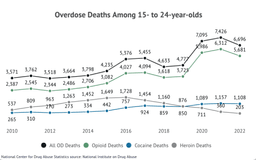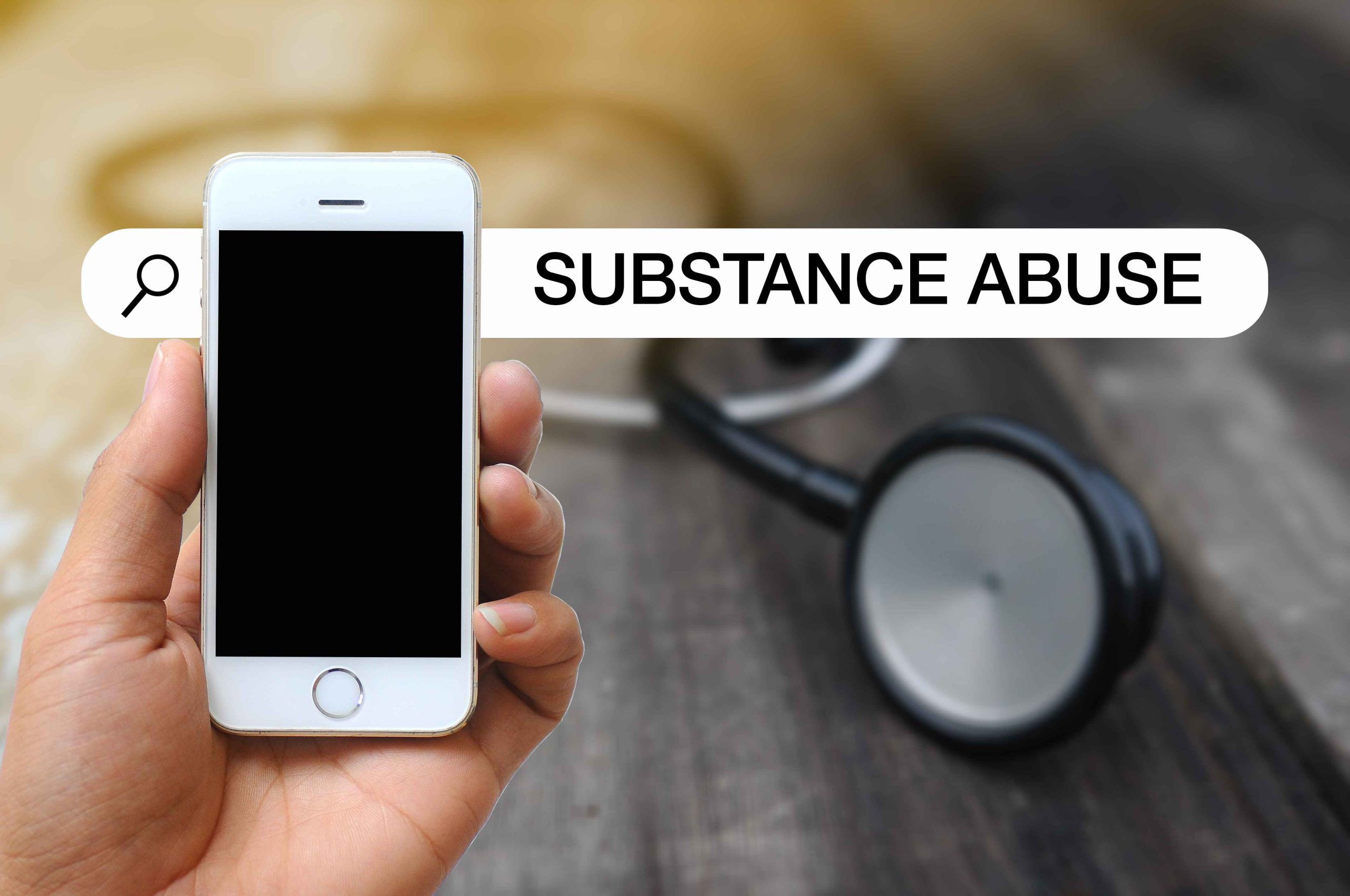Written by: Meri Sargsyan
Reviewed by: Sareen Khodabakhsh, LMFT
Cocaine has a hidden, harmful cost that goes beyond the rush and the instant high: it slowly and steadily destroys the very pathways via which people commonly use it. People know a lot about how cocaine hurts the heart and brain, but not many people realize how bad it is for the sensitive tissues of the nose and mouth.
This article goes into the details on “cocaine nose,” which is a range of serious damage to the nose and mouth, from persistent irritation and nosebleeds to disfiguring collapse and life-changing holes.
What is Cocaine Nose?
“Cocaine nose” refers to the significant, often permanent harm caused by long-term cocaine use, particularly from snorting cocaine. The damage results from cocaine’s powerful vasoconstrictive properties combined with toxic cutting agents found in street drugs, which together destroy nasal tissues and structures
The National Survey on Drug Use and Health (NSDUH) found that 968,000 people aged 12 and older started using cocaine in 2015, highlighting the widespread nature of a habit that can directly lead to this devastating physical condition.
How Is Cocaine Use Associated With Septal Perforations?
A network of microscopic blood vessels keeps the nasal septum, which separates your nostrils, in place. When you snort cocaine, it goes straight into your body and causes very strong vasoconstriction, which cuts off blood supply to this important cartilage.
The septal tissue starts to die (necrosis) when it doesn’t get enough blood, which causes ulcers. Repeated use of cocaine makes these ulcers worse, and ultimately they develop a hole in the nose, which is called a septal perforation. These holes may be as little as pinholes or as big as faults that become worse with continuing drug use, making the structure unstable and creating problems with how it works.
Cocaine Effects on Nose
Cocaine may do a lot more to your nose than merely make holes in the septum. The medication might corrode the whole nasal cavity and cut off blood flow.
Chronic Inflammation and Irritation
People who take cocaine in their noses typically have persistent inflammation of the nasal lining (rhinitis) even before they cause serious structural damage. This results in:
- Persistent Runny Nose: Constant irritation causes the body to produce too much mucus, which leads to a runny nose that doesn’t go away and is typically crusty.
- Nasal Congestion: When the tissues of the nose swell, they block airflow, making it hard to breathe through the nose and making it feel stuffy all the time.
- Frequent Nosebleeds: The blood vessels in the lining of the nose become weak and inflamed, making them more likely to break, which causes cocaine nosebleeds to happen over and over again. These might be anything from little spots to heavy bleeding.
- “Cocaine Boogers”: People who use cocaine may experience black, bloody, or crusty nasal discharge that is commonly called “cocaine boogers.” This means that the nasal mucosa is inflamed and hurt.
If this tissue death progresses unchecked, it can erode the cartilage, ultimately creating a hole in nose from cocaine, a severe condition known as a septal perforation.
Structural Damage and Deformities
In addition to perforations, cocaine may cause more extensive structural damage to the nose:
- Deviated Septum Cocaine: A deviated septum might be present from birth, but using cocaine regularly can make an existing deviation worse or even create new ones by causing inflammation, scarring, or the loss of structural integrity from a perforation. A big hole may make the rest of the septum move, which can lead to a deviated septum cocaine problem.
- Saddle Nose Deformity: The damaged lining of the nose and poor drainage caused by structural abnormalities make it easy for bacteria and fungus to grow. Chronic and recurring sinus infections are prevalent, resulting in discomfort and pressure, and may progress to more serious infections capable of eroding bone. The persistent inflammation, scarring, tissue loss from a perforation, and trauma from frequent cocaine nose bleeds can destabilize the nasal structure.
- Sinus Infections: The damaged lining of the nose and poor drainage caused by structural abnormalities make it easy for bacteria and fungus to grow. Chronic and recurring sinus infections are prevalent, resulting in discomfort and pressure, and may progress to more serious infections capable of eroding bone.
Cocaine Effects on Oral Health
The harmful effects of cocaine on the nose may also affect the oral cavity, especially with long-term and heavy use:
- Palatal Perforations: Just like how cocaine makes a hole in the septum of the nose, long-term use of cocaine may cause necrosis and perforation of the hard palate (the roof of the mouth). This creates a hole between the mouth and the nasal cavity, which makes it very hard to eat and talk. Food and drinks may get into the nasal passages, which can make you uncomfortable, make it hard to talk, and raise your risk of getting nose and sinus infections.
- Gum Disease and Tooth Decay: Cocaine makes blood vessels smaller, which cuts off blood supply to the gums and makes it harder for them to fight germs and recover. If you apply the medicine directly on your gums, this might cause serious gum disease (periodontitis) and tooth decay.
- Dry Mouth (Xerostomia): Xerostomia, or dry mouth, is a common side effect of cocaine usage. It makes the body produce less saliva. Chronic dry mouth makes it more likely that you will have cavities and gum disease since saliva is important for cleaning away food particles and neutralizing acids.
Symptoms And Signs Of Coke Nose
To get help early, it’s important to know the indicators of cocaine nose. Over time, the symptoms usually become worse, ranging from minor discomfort to serious structural damage. Common signs of cocaine nose damage include:
- Persistent runny nose, frequent nosebleeds, and crusting.
- Chronic congestion unresponsive to normal treatments.
- Difficulty breathing, potentially with a whistling sound from a septal perforation.
- Nasal pain, discomfort, and recurrent sinus infections.
- A collapsed nasal bridge (saddle nose) or a reduced sense of smell.
If you have any of these symptoms, particularly if you also take cocaine, you need to visit a doctor right once.
How Different Types of Cocaine Contribute to Cocaine Nose
Powdered cocaine is the main cause of cocaine nose, although all of its forms and common additives may hurt your nose and mouth. It relies on the type of cocaine to know what it does to your nose:
- Powdered Cocaine: Snorting this form directly causes “cocaine nose,” as its cutting agents and vasoconstrictive properties severely damage nasal tissue.
- Crack Cocaine: Smoking crack bypasses the nose but causes significant damage to oral and respiratory tissues from the intense heat and corrosive smoke.
- “Pink Cocaine” (2C-B or mixtures): This drug may cause damage to blood vessels and tissues that is comparable to or worse than that caused by regular cocaine.
To fully prevent and cure injury, it is important to know that all types of cocaine and other illegal drugs that are used in the same way are very dangerous.
Treatment and Recovery at The House of Life
To cure cocaine nose, you need to do two things: fix the physical damage and, more significantly, treat the addiction to cocaine. We at The House of Life focus on giving people complete, integrated treatment that works on both elements for a long-lasting recovery, including:
- Management of Infections: Antibiotics or antifungals may be used to treat sinus or other bacterial or fungal infections.
- Nasal Care: Saline rinses, emollients, and humidification to help the nose lining recover and reduce irritation.
- Surgical Repair: Reconstructive surgery can repair severe damage like septal perforations using tissue grafts from other body areas. However, patients must maintain complete abstinence from cocaine beforehand, as any future use would jeopardize the surgical results.
Alongside physical treatment, our core focus is on holistic addiction recovery. The House of Life offers:
- Medically Supervised Detoxification: The first critical step toward recovery is a medically supervised cocaine detox. This process provides a safe and comfortable clinical environment where individuals can manage acute withdrawal symptoms, which often include fatigue, depression, and intense cravings.
- Individual and Group Therapy: People may learn how to deal with the mental reasons of addiction, trauma, and how to cope with them via individual and group treatment.
- Holistic Therapies: Holistic treatments include yoga, meditation, mindfulness, and other activities that are good for your health as a whole.
- Life Skills Training: Teaching individuals how to remain sober and live a happy, healthy life.
- Aftercare Planning: Full assistance to help you keep getting well after you leave our facility.
Getting over cocaine nose and addiction is hard, but with the right support and therapy, it is doable.
Cocaine Nose: FAQ
Can Cocaine Cause Nasal Septum Necrosis?
What Drug Induced Collapsed Septum?
What Drug Gives You a Stuffy Nose?
What Is Cocaine Washout Syndrome?
References:
BBC News. (2023, March 9). Patients face losing noses due to cocaine use, medics warn. Retrieved from https://www.bbc.com/news/uk-scotland-glasgow-west-64901125
John, W. S., & Wu, L. T. (2017). Trends and correlates of cocaine use and cocaine use disorder in the United States from 2011 to 2015. Drug and alcohol dependence, 180, 376–384. https://doi.org/10.1016/j.drugalcdep.2017.08.031
Molteni, M., Saibene, A. M., Luciano, K., & Maccari, A. (2016). Snorting the clivus away: an extreme case of cocaine-induced midline destructive lesion. BMJ case reports, 2016, bcr2016216393. https://doi.org/10.1136/bcr-2016-216393











